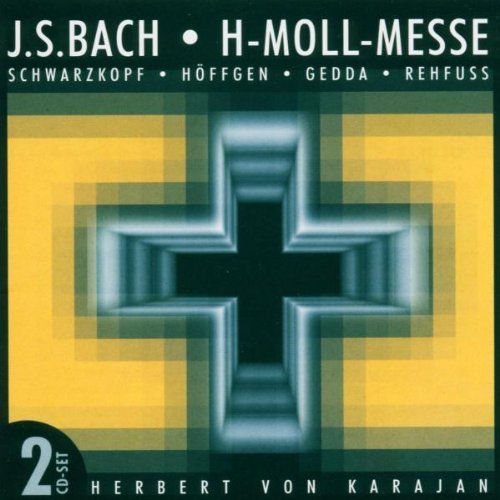On the music forums I visit regularly, the question “ How do
I get started listening or acquiring Classical Music? “ comes up from time to
time, and I’m always amazed at the answers. Music collecting, in a sense, is no
different than any other form of collection: stamps, coins, trading
cards… There’s a lot of it that has to do with personal taste, and
the level of obsessiveness you dare to attain.
The Myth of the Basic Repertoire
Going back to the question – that is, where to
start in building a music library – we invariably come to the question: why
not start with the “basics”?
OK… Most households have movie collections, or book
collections, or what have you. How many of us built our movie collections by
looking for “the basic films”? What is it about a film that would make it a
“basic” – a film everybody should own? Is it the awards it won? Is it the
popularity it had? Is it the status of the actors or the director? Is there
such a thing as a “basic film”, really?
So what then are the “basic repertoire” pieces? Vivaldi’s
Four Seasons? Beethoven’s Nine Symphonies? All nine, or
just the Fifth?
Awhile back, I acquired a collection of 200 CDs issued as
“Great Pianists of the 20th Century” (I highly recommend it.) You
have there almost 100 pianists, playing everything from early music to modern
masterpieces. There were some pieces that were featured several times in the
lot: Chopin’s preludes, Schumann’s Carnival, several
Beethoven and Mozart piano concertos and piano sonatas, some of Johann
Sebastian Bach’s works for solo keyboard, and the list could go on for a
page or two. If you were to list all the pieces that were programmed “more than
once” in that collection, and declared those as being “the basic piano repertoire”,
I could probably bring up piece after piece most of us would view as equally
important that didn’t make that list!
The concept of “the basic concert repertoire” is a bit of a
misnomer – if it exists, then show me the exhaustive list… Or do we not mean
that there are “enduring” works and works that may endure, but probably not…
There are 500 years of Western Classical Music history, and to pretend that you
can build from a defined set of works “outwards” is simplistic at best.
My conclusion? Simply, collecting music should be approached
primarily based on taste and affinity with certain styles of
works, and build out from there. Like in anything, Classical Music is an acquired
taste, and some are sweeter than others, and it is over time (and trying) that
one can develop a taste for other aspects of the repertoire.
ITYWLTMT can help in this process - Did You Know That
- We have now shared 218 montages
- We have shared over 70 complete operas with our partners at OperaLively
- We have shared over 200 playlists between Once Upon the Internet and our YouTube channel
- We have 515 posts and counting (between all our platforms)
And that's the challenge I am taking on - I plan to dust-up and share old - and new - material in the context of this "one blog a day, every day" concept. We will "package" 366 playlists (call then "listener Guides"), and group them together as we always do in a thematic arrangement.
In a nut-shell that's what Project 366 is all about.
It will take me more than a year to achieve this a a coherent package - and my intention is to package these eventually as eBooks - starting with the first 122 in a set I call "A Journey of Musical Discovery", where I plan to explore the "basic" repertoire by traversing it through all musical genres.
Here is the Table of Contents for Part 1 of the Project
Title
|
Musical Guides
|
| Starting with the ABC’s | 1-2 |
| Journeys with a Purpose - Exploring Musical Genres | |
| Bare Bones | 3-6 |
| The King of Instruments | 7-10 |
| A few friends | 11-19 |
| Team Sport | 20-26 |
| The Orchestra - Symphonies and More | 27-34 |
| The Concerto | 35-41 |
| Sing, Sing, Sing | 42-52 |
| Music Takes the Stage | 53-62 |
| Do Not Skip This Chapter! | 63-67 |
| Journeys without a Purpose - Day Trips through the Repertoire | |
| The Concert Experience | 68-76 |
| Themes and Variations | 77-81 |
| The Trifecta | 82-89 |
| The World of Transcriptions | 90-96 |
| Single Works | 97-102 |
| What's In a Name | 103-108 |
| Pick Your Poison | 109-117 |
| Moonlighting | 118-122 |
For your reading pleasure, here are the Yellow Pages associated with the 122 listener guides:




:format(jpeg):mode_rgb():quality(96)/discogs-images/R-6409650-1418513636-1312.jpeg.jpg)
